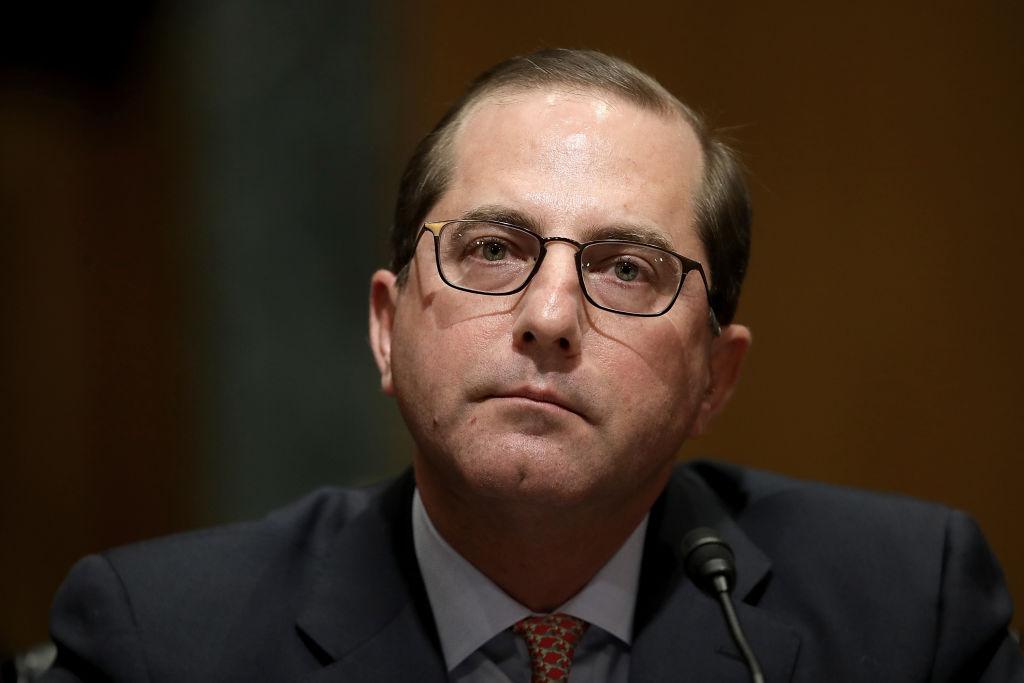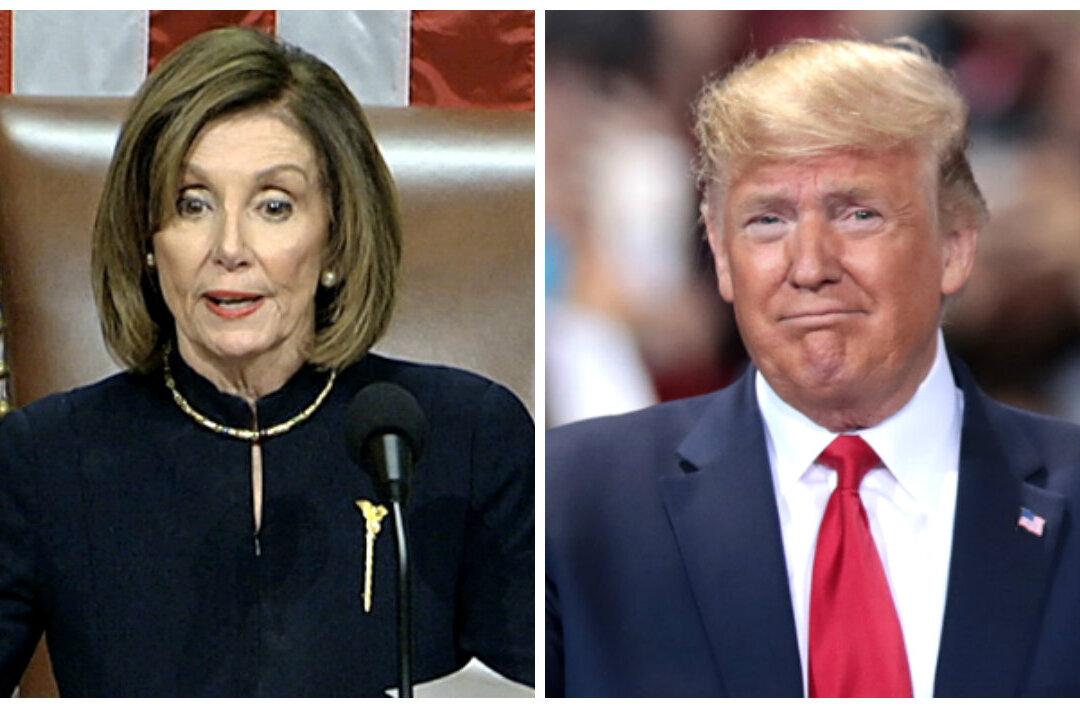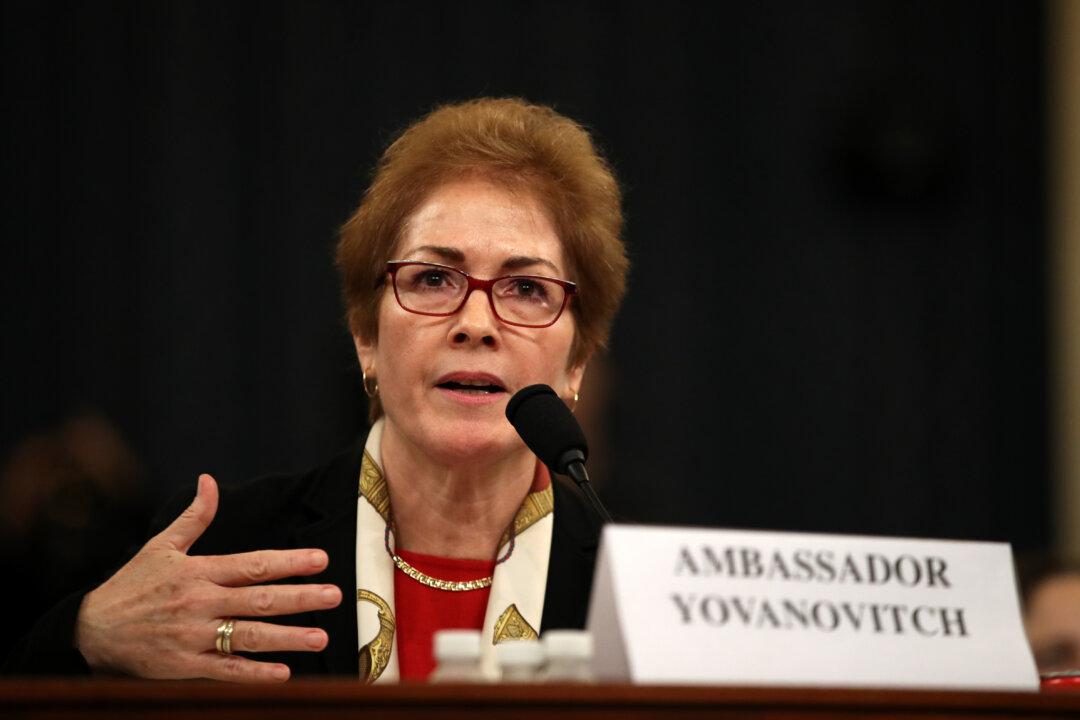The Department of Health and Human Services (HHS) issued a rule change on Aug. 1 that would expand the scope of short-term, limited-duration health insurance plans to a year and provide another option to those seeking a truly free-market health insurance plan.
These short-term plans are meant to cover people who face gaps in their insurance coverage, such as when they transition to a new job, but under the Obama administration, those plans couldn’t last more than three months and couldn’t be renewed.






